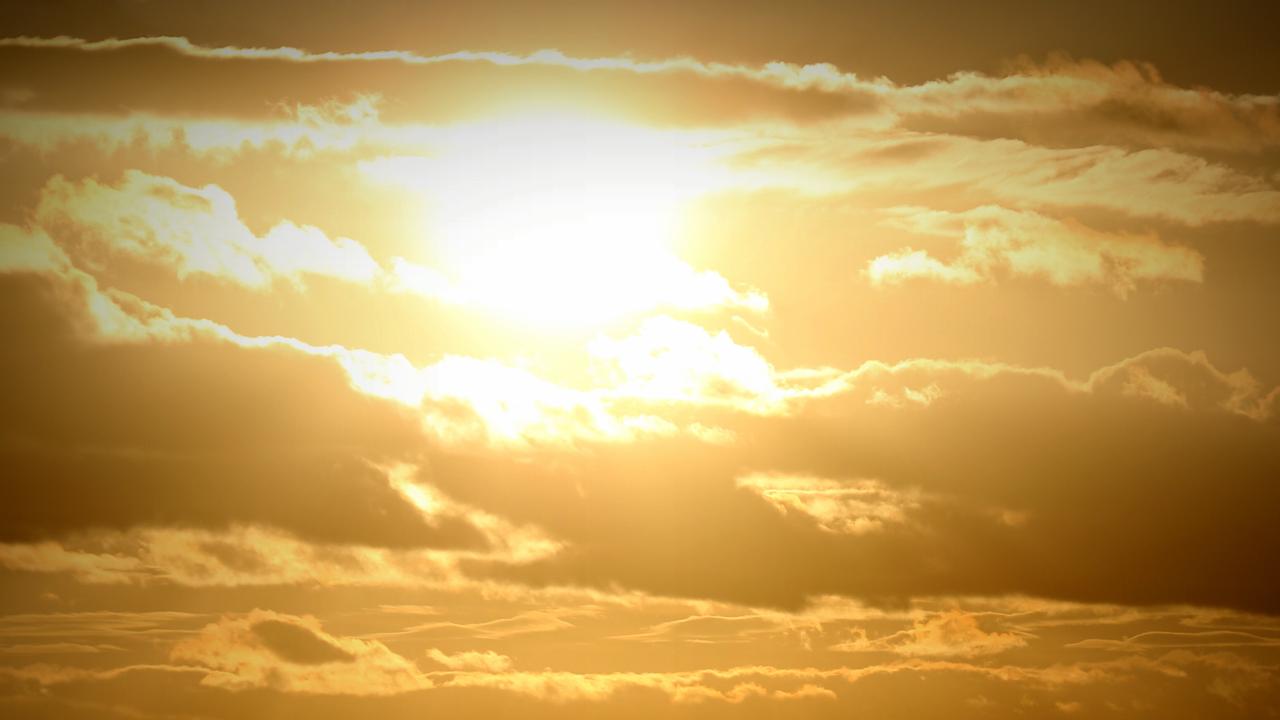Logan climate update: Overnight temperatures are warmer than they were in the 1990s
Dr Christa Pudmenzky explains how overnight temperatures are changing in Logan. Plus, how is climate change impacting Queensland's wildlife?

Data from the Bureau of Meteorology suggests Logan's climate is getting warmer.
During March, the warmest night typically reaches about 24 degrees- one degree warmer than in the 1990s.
One degree may not sound like much, but small changes in the climate have a big impact on our planet.
Warming trends are linked to sea level rise and extreme weather events.
Did you know?
The Bramble Cay melomy was a tiny species of rodent only found on a small sand island at the northern tip of the Great Barrier Reef - but it hasn't been sighted since 2009.
It was the first mammal to be declared extinct due to the impacts of climate change.
It's thought that rising sea levels and severe storms wiped out large areas of their habitat.
Voices from your community
Marsden resident and mother of four, Dannielle Miller noticed changes in the region's climate.
"It feels as though we skip winter altogether and have autumn, spring and then six months of hot, hot summer," she said.
"The storms are becoming more severe (with) massive hailstones the size of golf balls from out of nowhere.
"The parks' grasses have all dried to the point of dying, and the parks are so hot, kids cannot play on them till late afternoon when it's too dark.
"We don't take the dogs for a walk till night time, the kids don't go to the park very often."
Community voices like Dannielle's tell us how residents and business owners in Logan feel about their local climate. If you would like to contribute your voice to our column, you can fill out our 5-minute survey here.
Want more information on how your climate is changing? Check out last week's article here.
Dr Christa Pudmenzky is a climate scientist at the University of Southern Queensland.
This column is part of a collaboration between the Monash Climate Change Communication Research Hub and News Corp to deliver hyperlocal weather and climate information.
Follow the Hub on Twitter to join the conversation.

